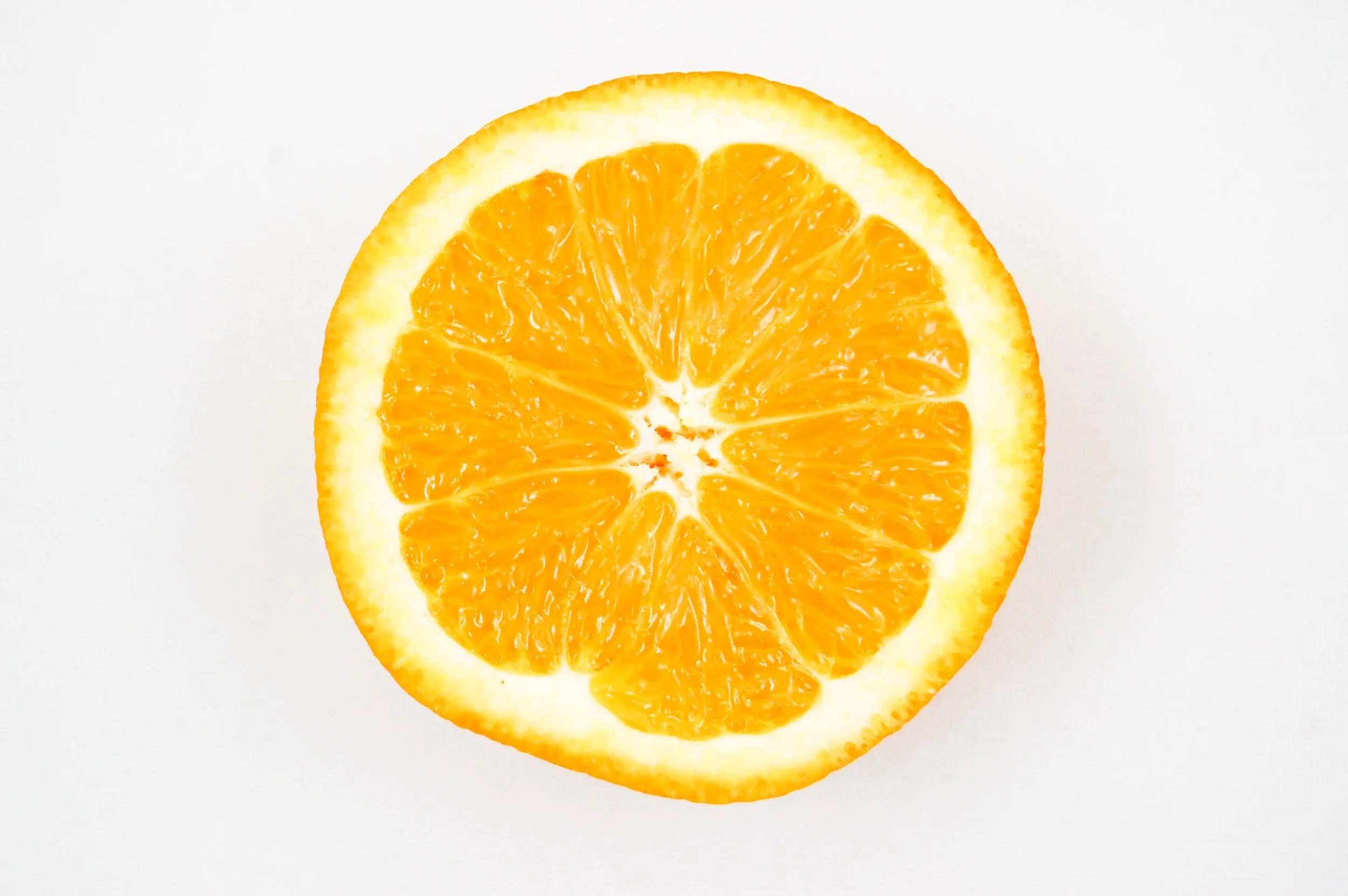Project 4: Interactive shopping list
Mini human centred design project where techniques including observations, experience mapping, interviews and creation of user personas were used. User research / journey mapping / user personas
Aim: Design a product that will help people to reduce their household food waste
Challenges: Coming up with an idea that users would engage with and that would streamline their experience rather than being an inconvenience, whilst also reducing waste
Favourite bit: Creating user journey maps and figuring out which areas to target to improve the experience
RESEARCH
An experience map was created based on the existing situation which was established through a combination of observations, immersion, diary keeping, and interviews. This highlighted 'problem areas' in the process of buying - and eventually wasting - food in the domestic setting. Several problems were identified including: the user not checking sell by dates, supermarket offers encouraging shoppers to buy items they don't need, contactless pay psychologically feeling less like spending money, and forgetting to buy everything on a shopping list and therefore having to return to the shop several times (where the same problems would occur again).
Solution
The solution was a simple one: colour coded stickers that the user would write their shopping list on and transfer onto the relevant item of food at the supermarket - acting like a KANBAN and reducing the likelihood of the user forgetting items and having to return at a later date. Over time this would result in a colour coded fridge where the user could quickly identify high priority items and either use or freeze them before they get wasted.
The updated experience map is much simpler and shows how the stickers would reduce food waste, primarily because the user does not need to make several trips to the supermarket and because their fridge will be colour coded in terms of high priority items.



